Plans to replace the traditional mechanical signalling and associated signal boxes in Cornwall have been around for over three decades. In the late 1980s, a proposal to outsource the project to one of the major signalling suppliers was seriously considered by the British Railways Board but was eventually rejected because of the staffing and operational implications.
In the November 2019 edition of Rail Engineer, an article featured some signalling additions to increase the capacity of the railway, so as to meet Cornwall County’s aspiration for an improved service. This involved the provision of additional intermediate block sections and modernisation of some level crossings. It has been very successful but did nothing to renew the ageing signalling infrastructure.
The stumbling block has always been the high cost of standard SSI technology and the lack of funding in Network Rail’s financial control periods. Cornwall was not the only area with this problem and, to meet the challenge, the major signalling suppliers produced low-cost signalling alternatives. These have been implemented on Crewe-Shrewsbury, Ely-Norwich, and the North Wales Coast. With these in mind and some money being available in Control Period (CP) 6, a project has been instigated to renew some of Cornwall’s traditional technology on both the main line and some of the Cornish branches. Rail Engineer held an online interview with both Network Rail and Siemens Mobility to discover what is going to happen.
The project plan
In 2016, a complete resignalling of the lines in Cornwall and West Devon was costed at £200 million. This was deemed too expensive by the ORR but did result in agreement to provide £60 million for the capacity increases referred to earlier. More recently, and with an additional £40 million budget now available, bids from a number of suppliers were invited to re-signal the sections from Lostwithiel to Truro, and the eastern section of the Plymouth Power Signal Box area over the Hemerdon bank and onwards to Blatchford which is the fringe point to Exeter signalling centre.
The Aster track circuits in this area are causing significant reliability issues with spare parts difficult to obtain. Subsequently, a contract has been let to Siemens Mobility to carry out the resignalling work and some associated level crossing upgrades.
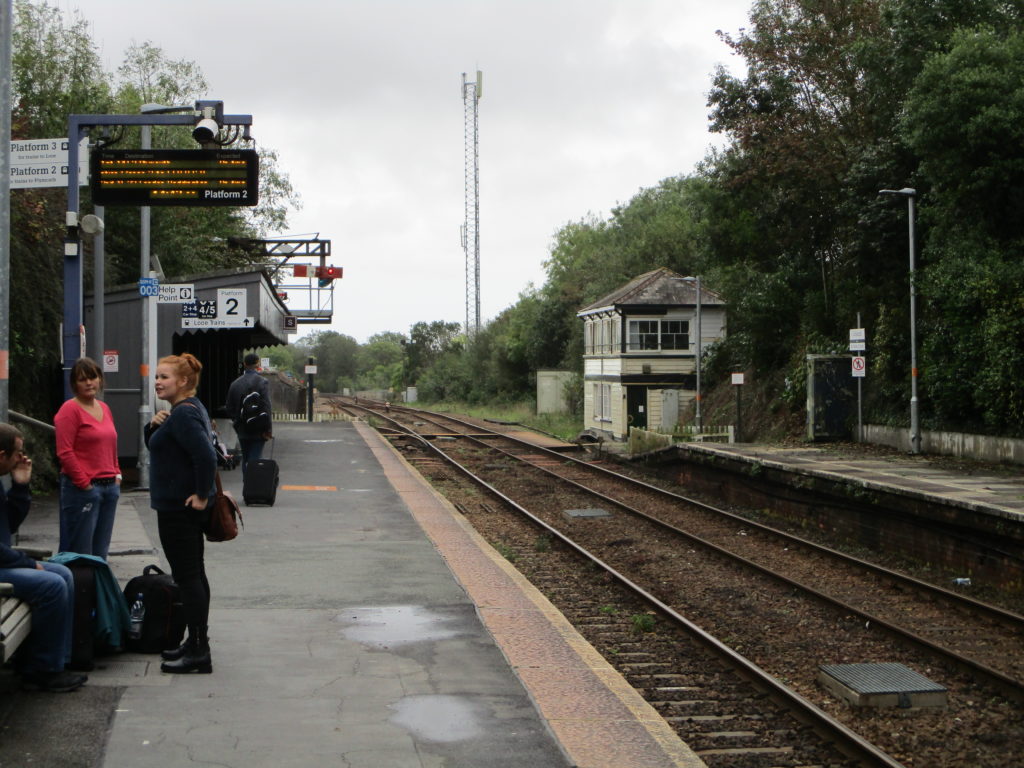
The present Exeter signalling centre is to become the centralised control point for the West of England and will become a Railway Operations Centre in all but name. The section from Lostwithiel to Truro will be controlled from a new work station incorporating four or five VDU screens, sited in the Exeter centre. It will mean the closure of Lostwithiel, Par and Truro signal boxes but the same track layouts will be retained, more or less, except for some minor rationalisation. Improving the capacity on the Newquay branch is part of the plan as is the modernisation of two level-crossings on each of the Looe and Gunnislake branches.
The Hemerdon end of the Plymouth panel (the oldest on the network having been commissioned in 1960) will be replaced by a new work station in the power box, incorporating VDU control screens. In the fullness of time and maybe in CP7, further finance will be available to fit the low-cost signalling in the Liskeard area, westwards from Truro to Roskear, St Erth and Penzance, and the eventual closure of Plymouth Power Box.
The scheme in detail
Considering first the Hemerdon section, the signals will be replaced using an LED signal head on a lightweight fold down structure in practically the same location as the existing ones. The troublesome track circuits will be replaced with Frauscher axle counters. New cabling will be provided using plug coupled lengths, thus maximising the opportunity for offsite testing.
The western end of Plymouth Power Box will remain unchanged including the intermediate signal section at Menheniot. Liskeard signal box will stay for the present with its mechanical signalling. The signal section at Largin, with its single line section over two viaducts, and presently controlled from a panel in Lostwithiel box, will transfer to the new work station at Exeter, as will the block section at Bodmin Parkway including the ground frame connection to the Heritage line to Bodmin General.
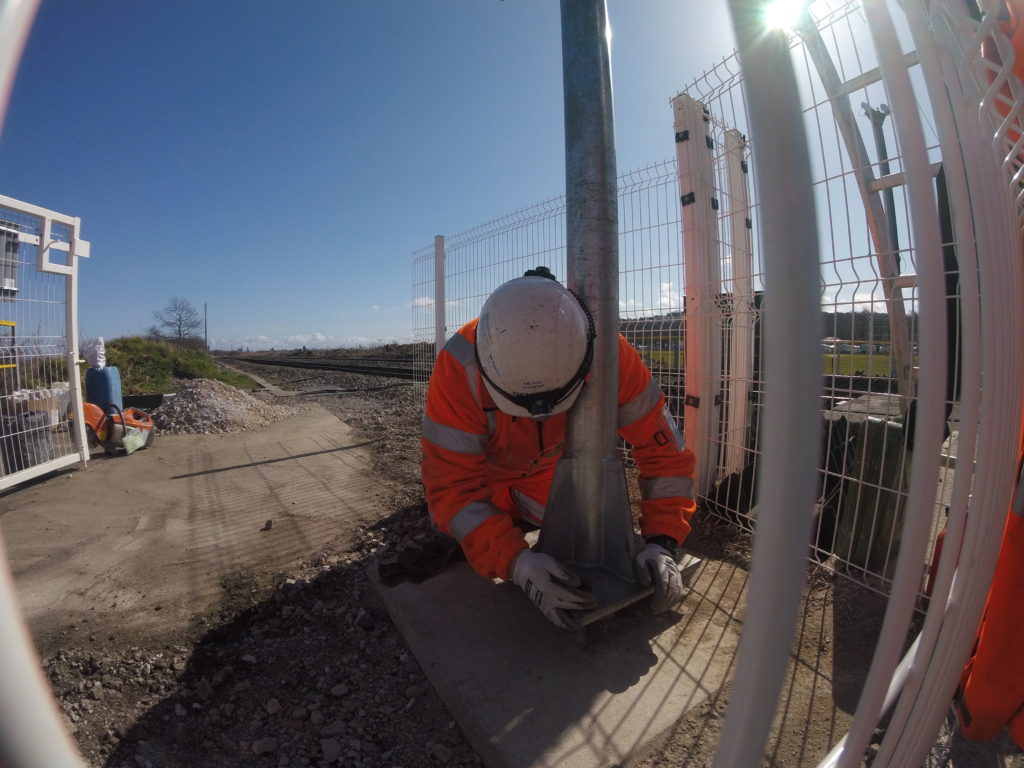
At Lostwithiel, the junction for the Fowey freight line, the two holding loops for the china clay trains, and the level crossing at the eastern end of the station, will all be controlled from Exeter. The crossing will become CCTV-controlled, with the monitoring screens sited at the Exeter work station. It is anticipated that the downtime of the barriers, a cause of local complaint, can be reduced with this arrangement. The recently installed panel under the capacity enhancement scheme will be capable of reuse elsewhere.
Elsewhere
At Par, the junction for the Newquay branch, the signal box will be abolished and the entire layout, including the main line connections to enable through running to the branch, will be put on the Exeter work station. The intermediate block sections at St Austell, Burngullow and Probus will also transfer to Exeter. Par station will be equipped with a new footbridge and lifts to comply with the disabled access requirements.
Truro signal box will close with transfer of control to Exeter. Currently this box is the busiest on the line, as not only does it have an adjacent level crossing that gives access to the car park but also controls the busy Falmouth branch including the recently installed passing loop at Penryn. The user-worked crossing at Paradise to the west of Truro will be the extent of the new control area. The station level crossing will be converted to the Obstacle Detection type which will hopefully limit the amount of barrier down time which causes complaint.
Westwards, the intermediate block sections at Chacewater and Redruth will remain under the control of the Roskear panel (on the outskirts of Camborne) which has recently been equipped with a new relay-based interlocking under the capacity increase project. St Erth and Penzance signal boxes stay unchanged.
Branch line improvements
As well as the main line, modifications will be made to some of the Cornish branch lines to increase operating flexibility and an improved train service. The most significant of these will be on the one from Par to Newquay, currently the Cinderella branch in the county with, broadly, a two-hour interval service. The intermediate signal box at Goonbarrow splits the section, after that the branch being ‘One Train Working’.
Only one operational platform exists at Newquay. A passing loop is to be provided at Goss Moor that will enable an hourly service to be introduced. The second platform at Newquay will be brought back into use thus enabling more through trains from beyond Par. The county’s ambition is to create a Mid Cornwall Metro to facilitate more train usage into the areas of greater employment. This will imply the restoration of full signalling throughout, which will be controlled from Exeter.
The Looe branch has two level crossings at Lodge Farm and Terras. These will be converted from open crossings that necessitate the train having to stop before proceeding, to Automatic Barrier Crossing controlled Locally (ABCL) operation, thus providing additional protection as well as speeding up the operation.
From a motorist and pedestrian perception, these are similar to an Automatic Half Barrier (AHB) but are applicable to lower-speed lines. A white light is displayed to the train driver to show that the crossing is functioning correctly. If the white light is not lit, the train must stop as before. No plans exist at present to remotely control the points at Coombe Junction where the train has to reverse, these having to be operated by the train crew using a local ground frame.
Additional updates
The Gunnislake branch also has open crossings at Okel Tor and Sandways, which will be converted to Automatic Open Crossing controlled Locally (AOCL) which, because of the road layout, cannot realistically be provided with barriers. The AOCL type is equipped with the white light to show correct operation and does require the train to slow but not stop, thus speeding up operations.
On the busy Truro- Falmouth branch, the passing loop installed in recent times at Penryn, which is currently controlled from a small panel in Truro box, will have a renewed interlocking so as to be compatible with the equipment being deployed on the main line upgrade. Such is the level of traffic that an even more frequent service might be required at peak times that could mean a second passing loop being needed in the fullness of time.
No changes are required on the St Ives branch which caters for heavy summer traffic from the park and ride facility located at St Erth.
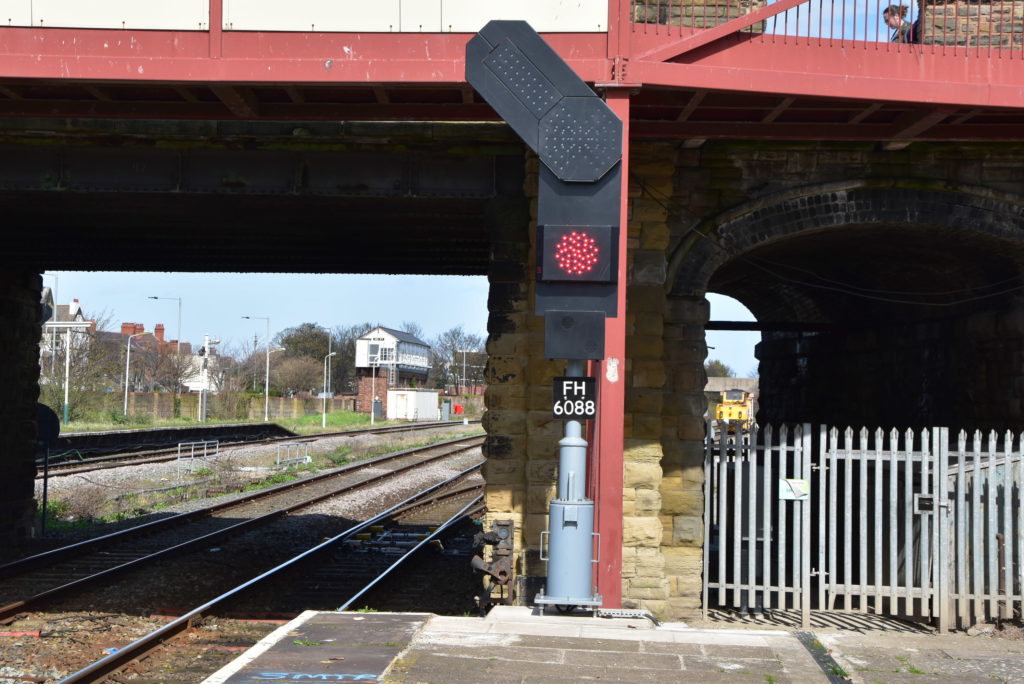
Technology and communications
The modular signalling being provided by Siemens Mobility has at its heart the Trackguard Westrace interlocking. This is effectively a SIL4 PLC (programmable logic controller) supplied from the Siemens Mobility premises at Chippenham. The new modular interlockings will be provided at ‘islands’ where points and control signals exist; broadly speaking, the places where the signal boxes will close.
From the Westrace equipment will run a fibre optic cable plus a 24V DC feed to connect in the Object Controllers (OCs) that will control the local signals, points, axle counters, and any intermediate block sections.
The connections from the interlocking to the OCs will be by plug coupled DiSAF cable, thus enabling testing to be carried out initially in the factory. The tail cables from the OCs to the equipment at the trackside and between the rails will be measured, so getting the right length of cable is an important factor and will be carried out by site surveys. A standby power supply will support each interlocking and a 4-hour battery back-up will be provided for each OC.
The new signals will be an LED type. Points will be converted to in bearer clamp locks for movement and locking. For the changes in Plymouth power box, the interlocking will be located at Plymouth with cable links to Laira, where the rolling stock depot exists, and onwards to Hemerdon and the Exeter fringe. The work stations and associated VDUs will be provided from the standard Siemens Mobility product portfolio.
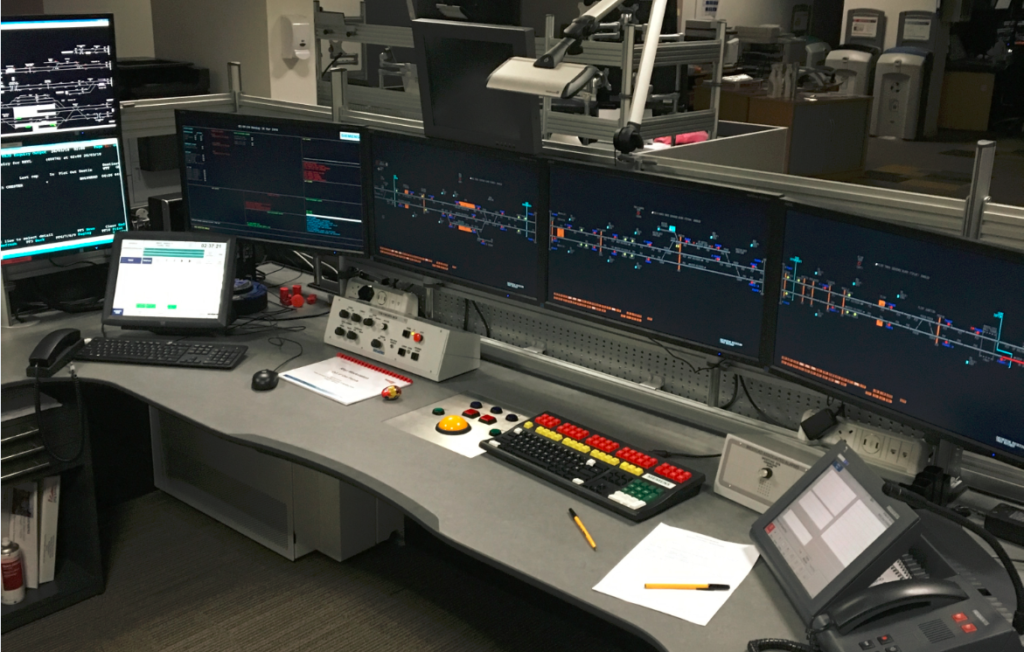
On and off site testing
Testing (in the ‘hangar’) will be by interlocking areas (which can be multiple islands) so that once proven, transfer to site and associated installation can commence. Once complete only correspondence testing will be required on site. This off site hangar testing is an important element as it plays a significant role in reducing costs, since rework can be done in the factory. Safety is improved as it removes people from the lineside and programme risk is reduced in terms of knowing that equipment sent to site already works as designed.
Key to all of this modernisation will be the provision of an IP-based transmission system over a fibre network to connect the interlockings back to the control centres. These will be provided by Network Rail Telecoms (NRT) using the nationwide FTNx IP network. This must be fully resilient and comprises several data rings across the country, both for high level data transfer plus smaller rings for local distribution.
The level of resilience in the West Country which is, in essence, a single ended railway is being investigated by NRT engineers. A joint NRT and Western & Wales (NR) team is being set up to determine the number of links required to support the new signalling and whether any enhancement of the ring resilience will be needed. It is now accepted practice for signalling data to be conveyed on the NRT networks, the latter being an essential part of Network Rail infrastructure.
Since the modular concept is already proven in the earlier projects, there is confidence that it will be equally successful down in the west country.
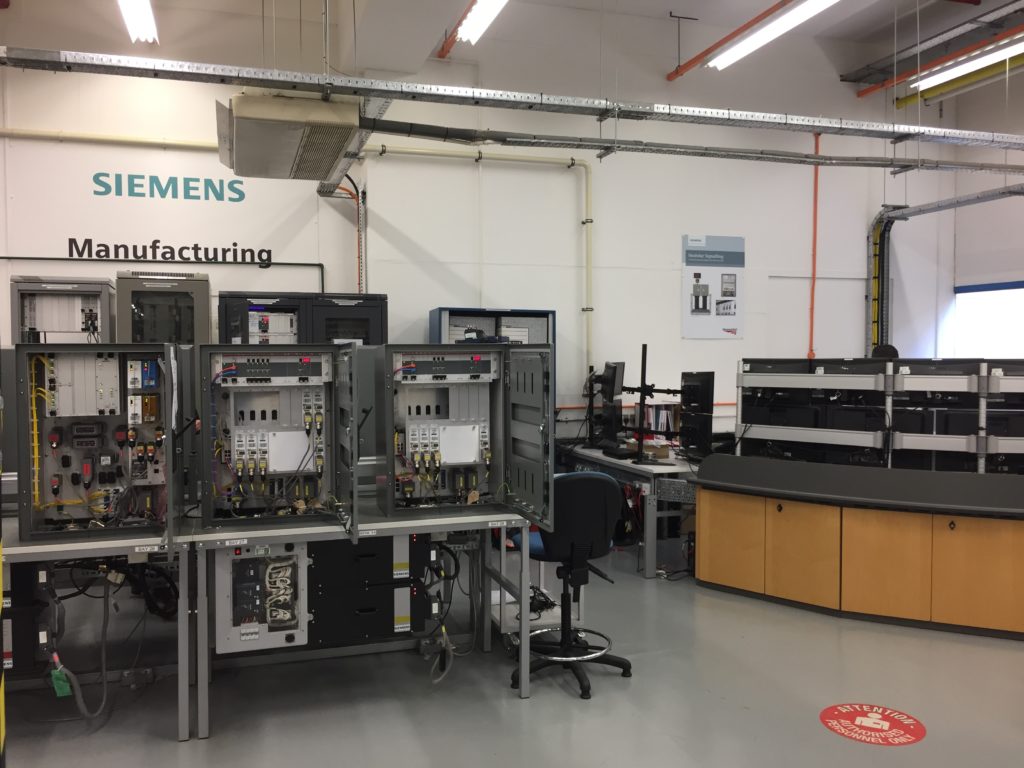
Resources and commissioning plans
The project has completed its Governance of Railway Investment Projects (GRIP) 1-4 progression and final details are being worked out for the later GRIP stages. Siemens Mobility has a team of 40 people working on the project plus subcontractors appointed for the provision of power, civil works, and communications. Network Rail has appointed an overall project manager and created a team of 15 project engineers.
The commissioning of the Cornwall section is scheduled for November 2023 and the Hemerdon section for February 2024. With the experience of the North Wales Coast project, which came in on time and within five percent of budget, the combined team is confident a similar outcome will result in Devon and Cornwall. Being a modular technology, further extensions to the project may well happen in CP7 assuming additional finance is made available.
Rail Engineer thanks Richard Evans from Network Rail and Stephen Mills from Siemens Mobility for explaining the project detail. We will keep a close eye on progress and produce further articles in due course.

